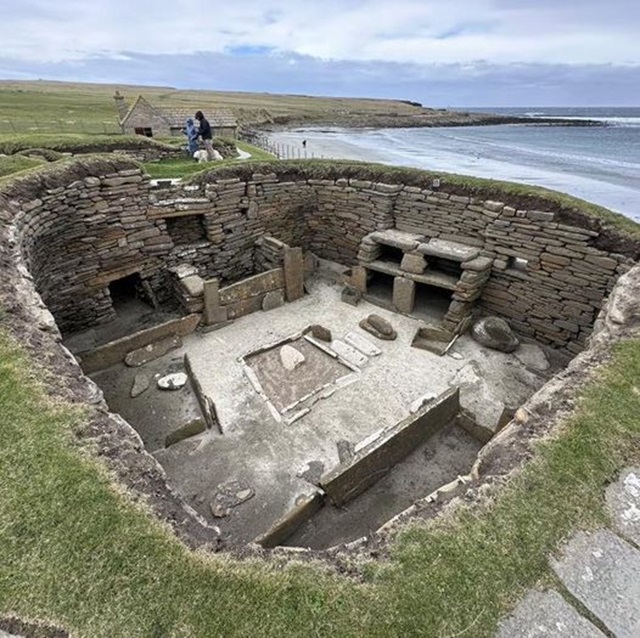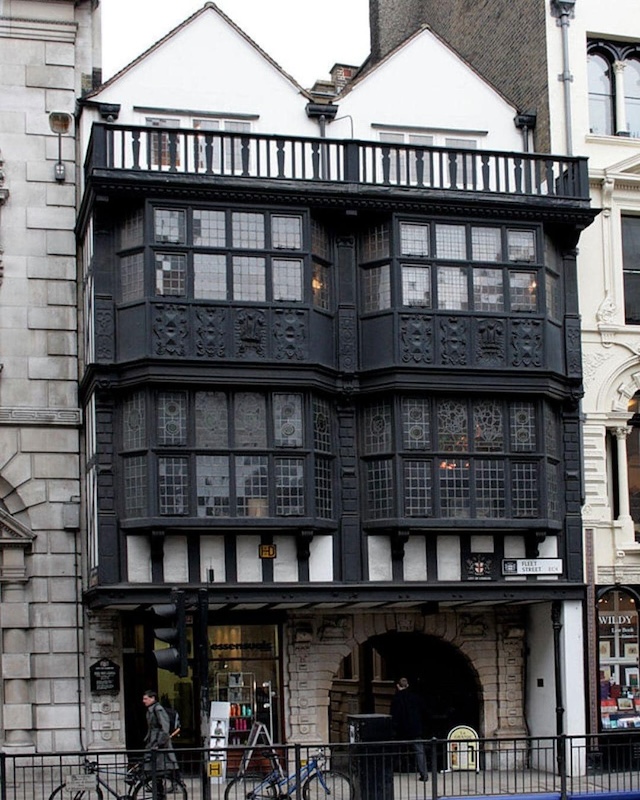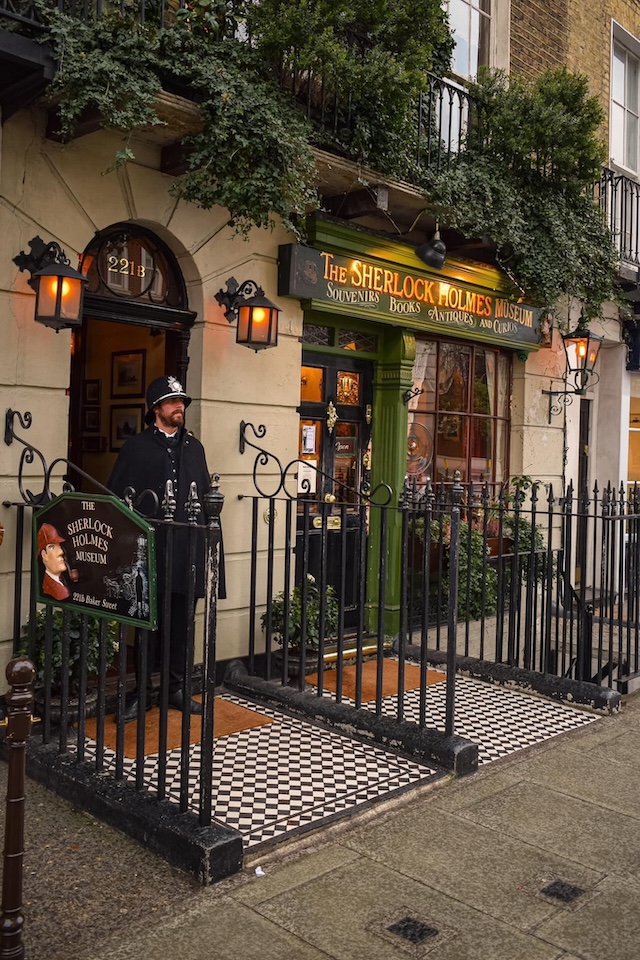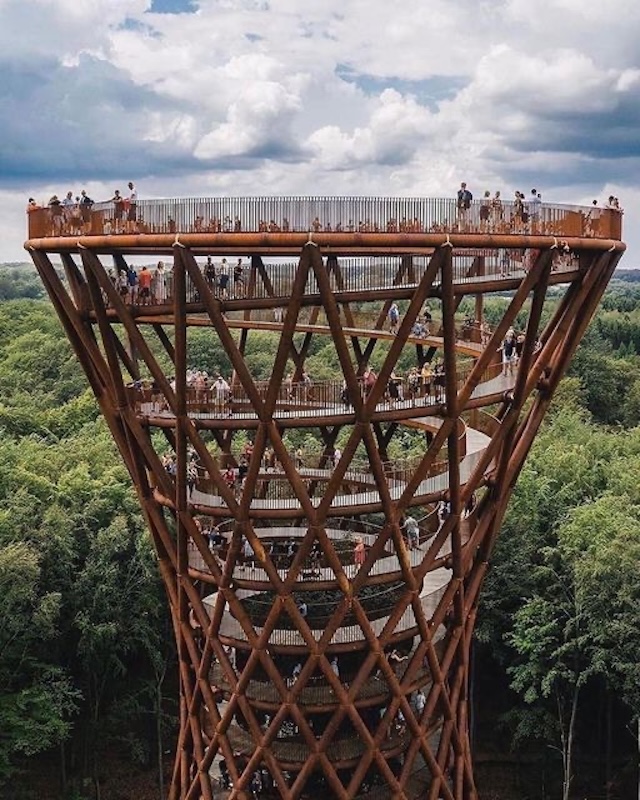Skara Brae, a 5,000-year-old Neolithic village, was uncovered by a Scottish farmer after a fierce storm. Located on the Orkney Islands, Skara Brae is one of the best-preserved Neolithic settlements in Western Europe, offering a fascinating glimpse into ancient human life. From intricately built stone houses to unique artifacts and primitive sanitation systems, Skara Brae reveals the secrets of a long-lost civilization. Join us as we delve into the history, lifestyle, and challenges faced by this ancient village.
Discovery and Early Exploration
In the winter of 1850, a severe storm battered the Orkney Islands in Scotland, revealing a hidden treasure beneath the sand dunes. Local villagers discovered the outline of a village consisting of several small houses without roofs. This village, later named Skara Brae, turned out to be one of Europe’s most complete Neolithic settlements, dating back to around 3180 BC.
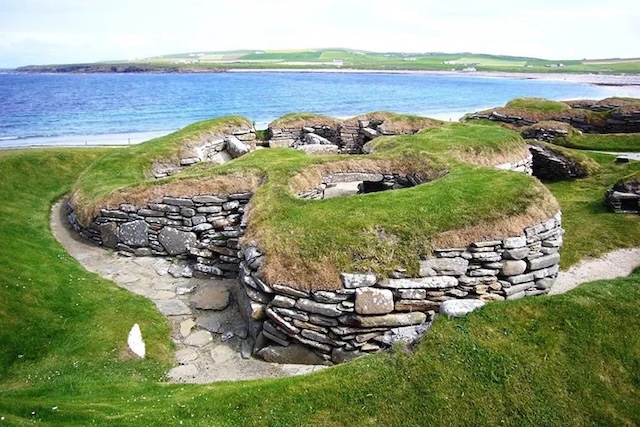
William Watt of Skaill, a son of the local laird and a self-taught geologist, began amateur excavations of the site. Although work was abandoned in 1868, the site remained undisturbed until 1913, when it was plundered by a party with shovels. Proper investigations resumed in 1924, led by Professor V. Gordon Childe from the University of Edinburgh.
Skara Brae History
Skara Brae is located on the Bay of Skaill on the west coast of Mainland, the largest island in the Orkney archipelago. The settlement consisted of ten clustered houses made of flagstones, supported by earthen dams. These houses included stone hearths, beds, and cupboards. Remarkably, the site even had a primitive sewer system with “toilets” and drains in each house.
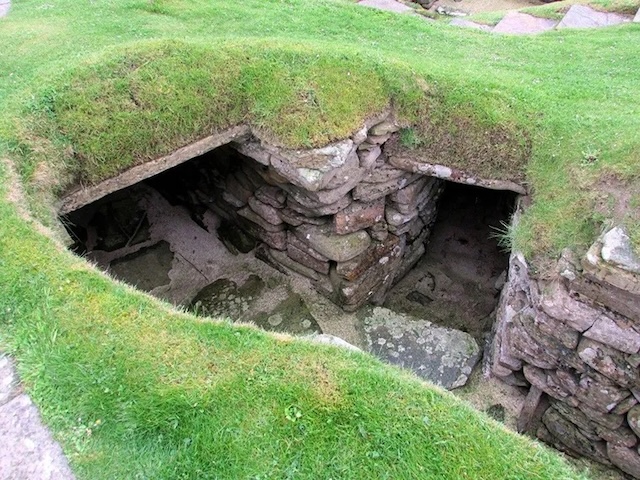
The site was occupied from roughly 3180 BC to about 2500 BC, making it older than Stonehenge and the Egyptian pyramids. Skara Brae gained UNESCO World Heritage Site status as part of “The Heart of Neolithic Orkney” in 1999.
Neolithic Lifestyle
The inhabitants of Skara Brae were makers and users of grooved ware, a distinctive style of pottery that had recently appeared in northern Scotland. The houses were built sunk into the ground, using mounds of prehistoric domestic waste known as middens for stability and insulation against Orkney’s harsh winter climate.
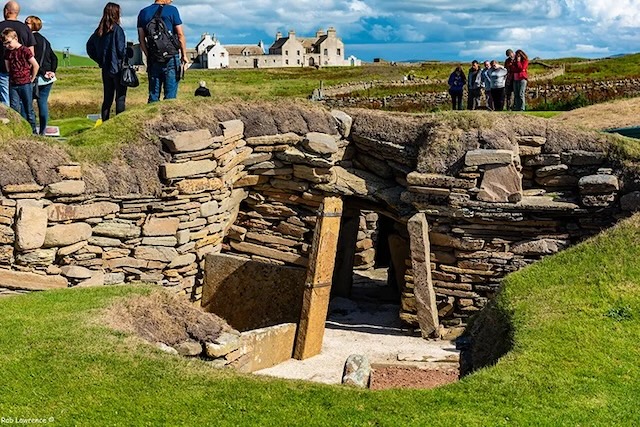
Each house measured about 40 square meters and contained a large square room with a stone hearth for heating and cooking. The dwellings also featured stone-built furniture, including cupboards, dressers, seats, and storage boxes. Given the number of homes, it is estimated that no more than fifty people lived in Skara Brae at any given time.
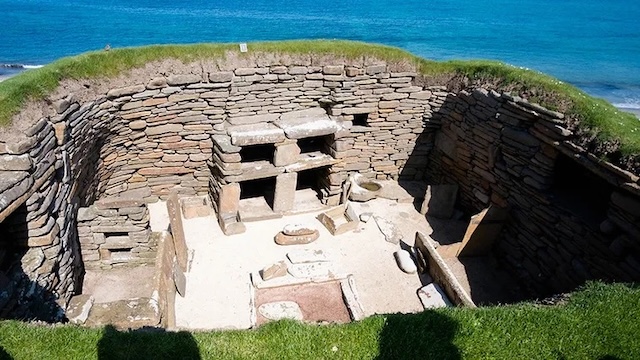
Dating and Abandonment
Initially, Professor Childe believed the settlement dated from around 500 BC. However, new excavations in the early 1970s revealed that occupation of Skara Brae began around 3180 BC and continued for about six hundred years. The settlement was eventually abandoned around 2500 BC, possibly due to climate change that made the area colder and wetter.
There are various theories about why the inhabitants left, with some suggesting a major storm. However, Anna Ritchie, a prominent archaeologist, disagrees with catastrophic interpretations, arguing that the village’s burial was gradual and that it had already been abandoned for unknown reasons.
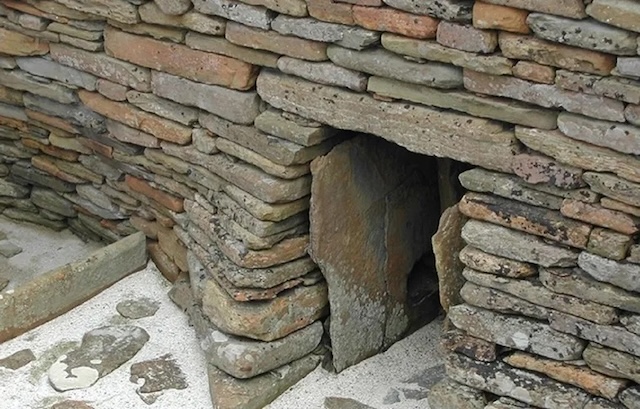
World Heritage Status
Numerous artifacts have been found at Skara Brae, including carved stone balls, pottery, and tools made of bone, fish, bird, and whalebone. Some of these artifacts suggest a connection with the Boyne Valley in Ireland. The site also provided the earliest known record of the human flea in Europe.
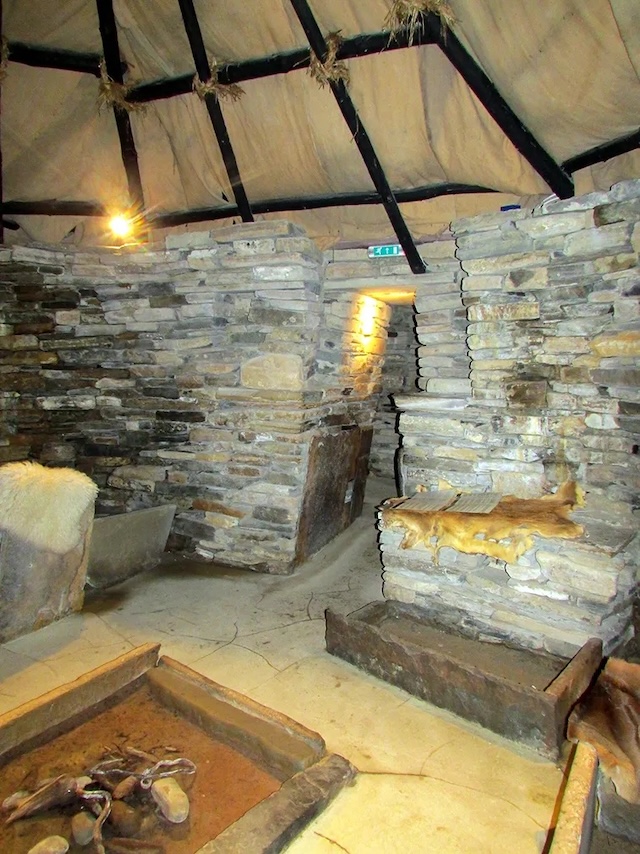
There are several related sites in Orkney, including the Knap of Howar on Papa Westray, which is similar in design to Skara Brae but from an earlier period. Another site currently under excavation at Links of Noltland on Westray appears to have similarities to Skara Brae.
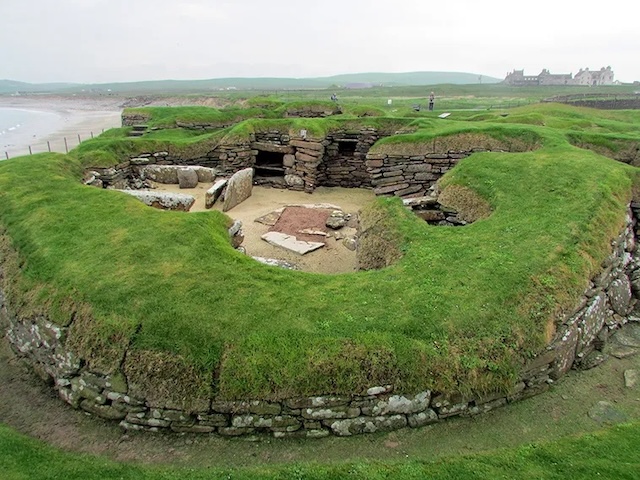
“The Heart of Neolithic Orkney,” which includes Skara Brae, was inscribed as a World Heritage Site in December 1999. The site is managed by Historic Environment Scotland, which works with partners to preserve and protect it.
A 2019 risk assessment concluded that Skara Brae is “extremely vulnerable” to climate change due to rising sea levels, increased rainfall, and other factors. The report highlights the risk that Skara Brae could be partially destroyed by one unusually severe storm.
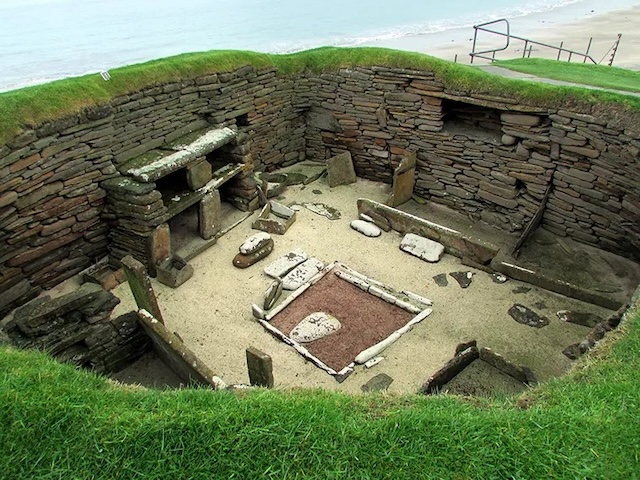
Skara Brae has been featured in various forms of popular culture, including children’s novels, video games, and even as a lecture topic in the film “Indiana Jones and the Kingdom of the Crystal Skull.” The Irish Celtic folk group Skara Brae took their name from the settlement, and the site has also been referenced in the TV series “NCIS.”
